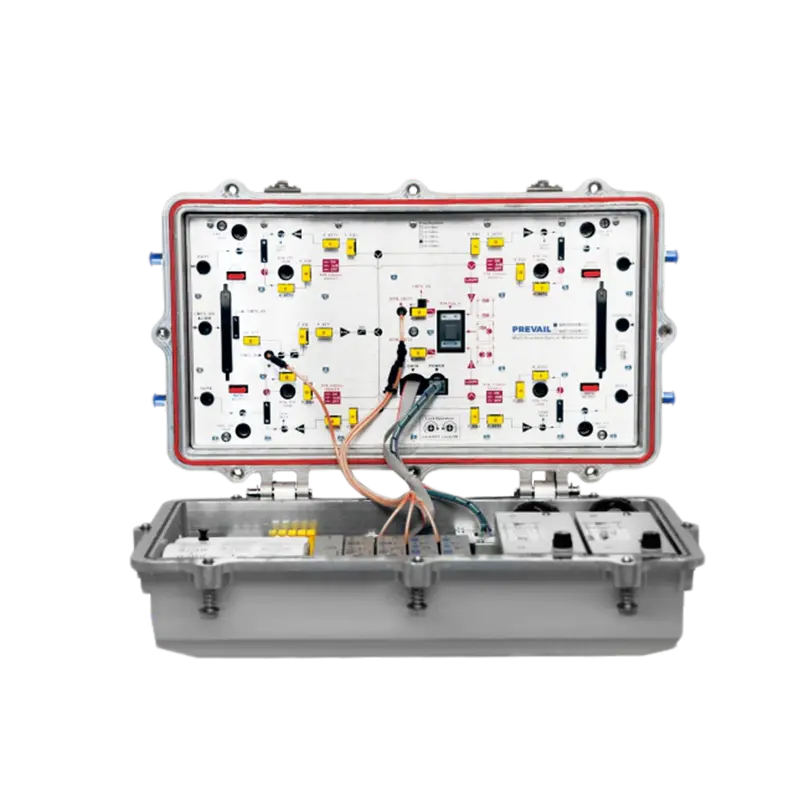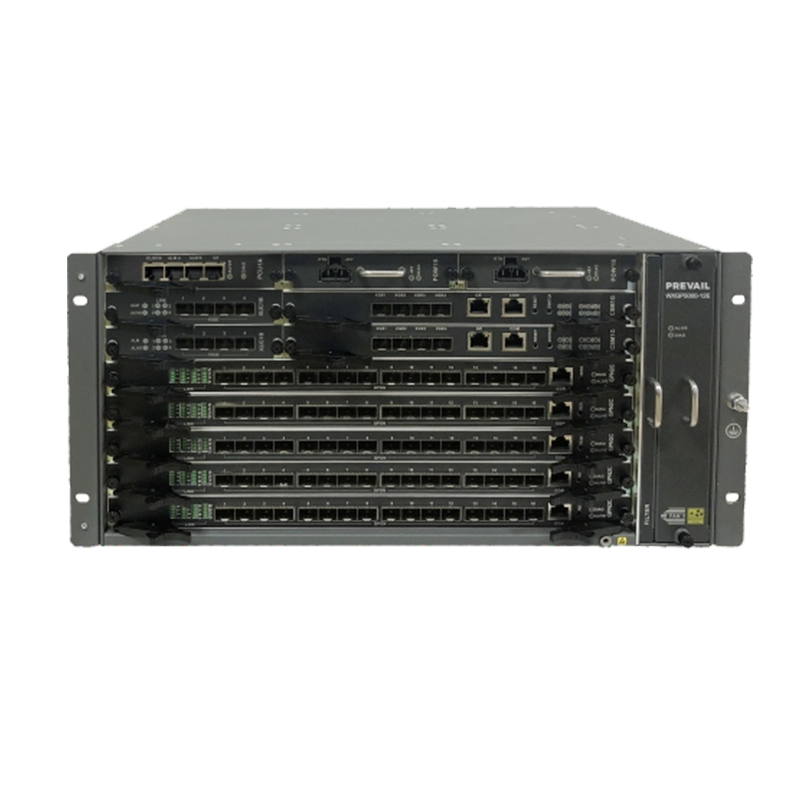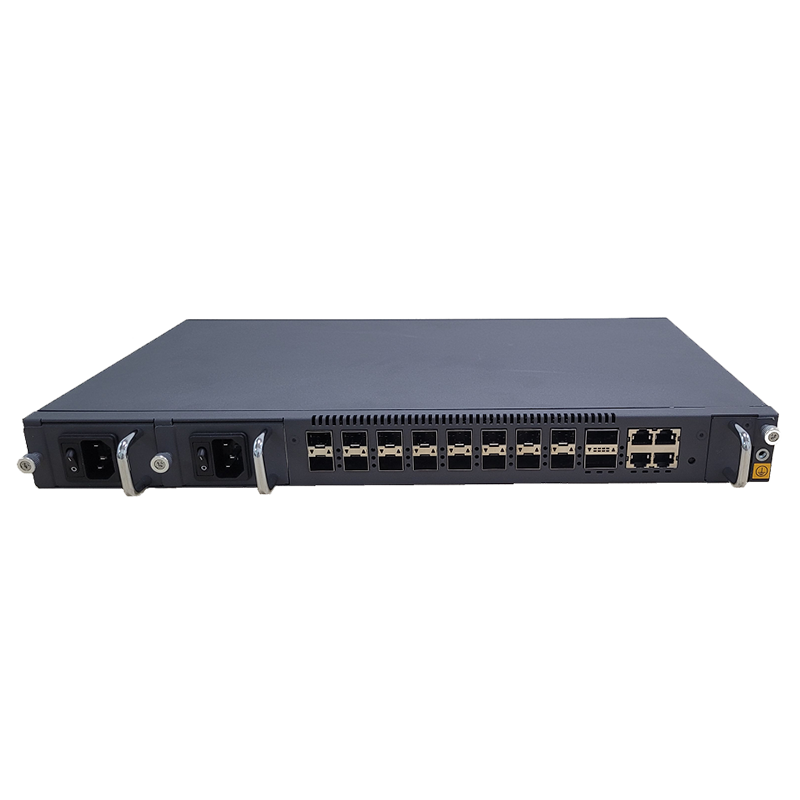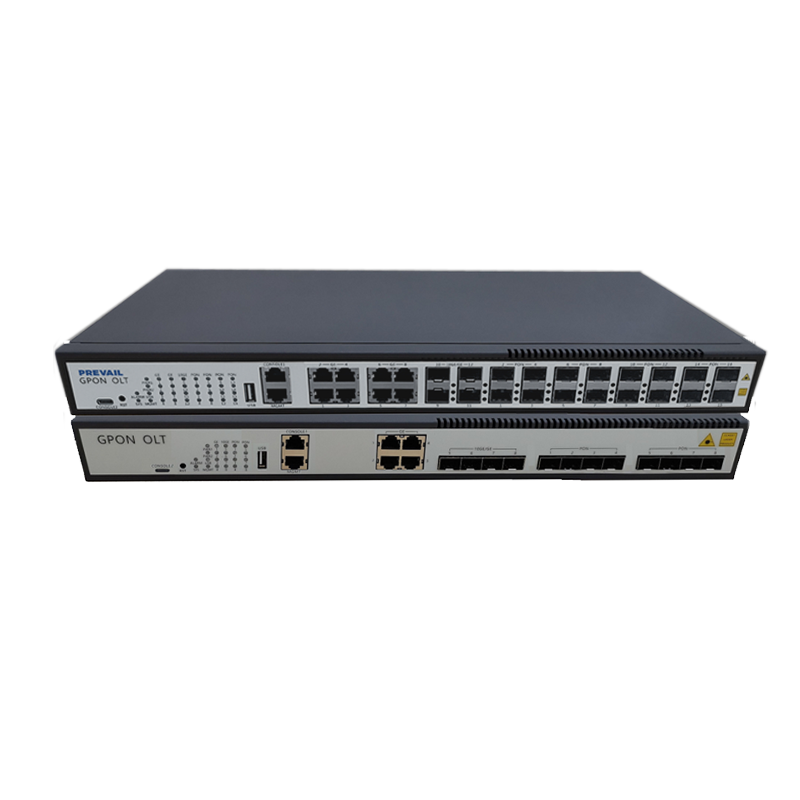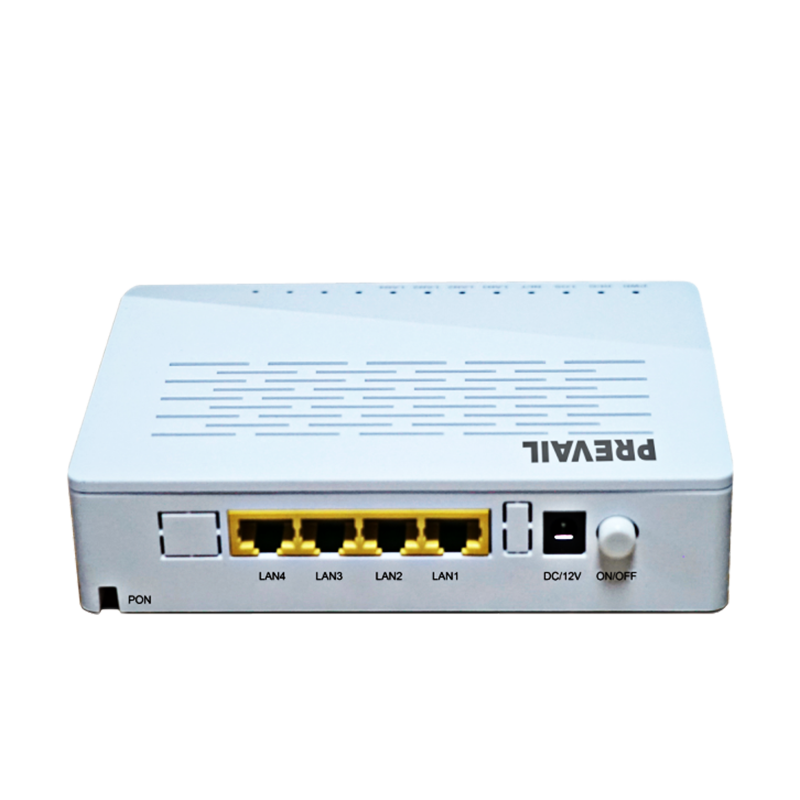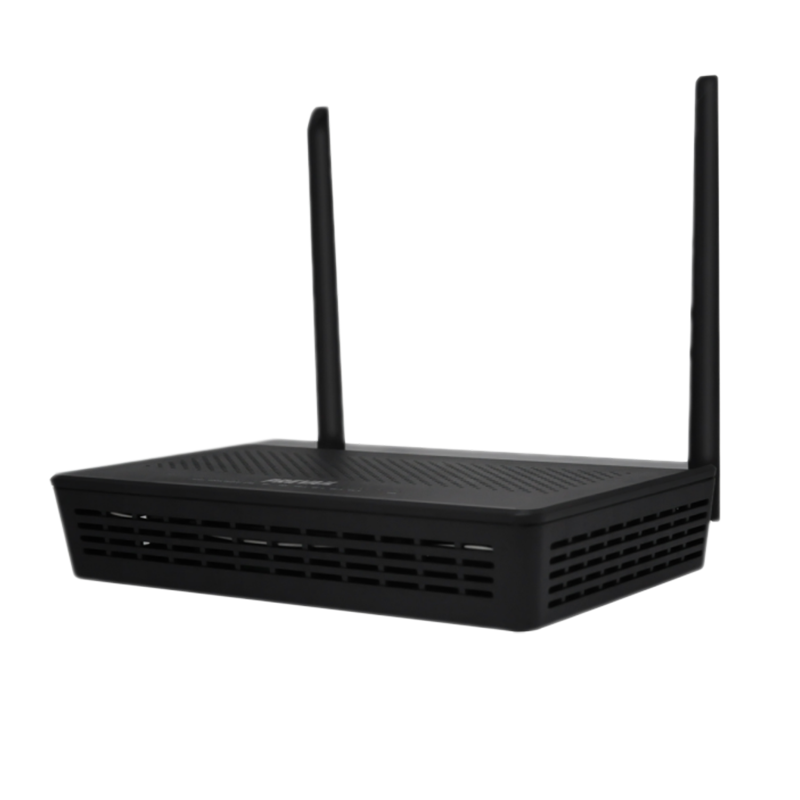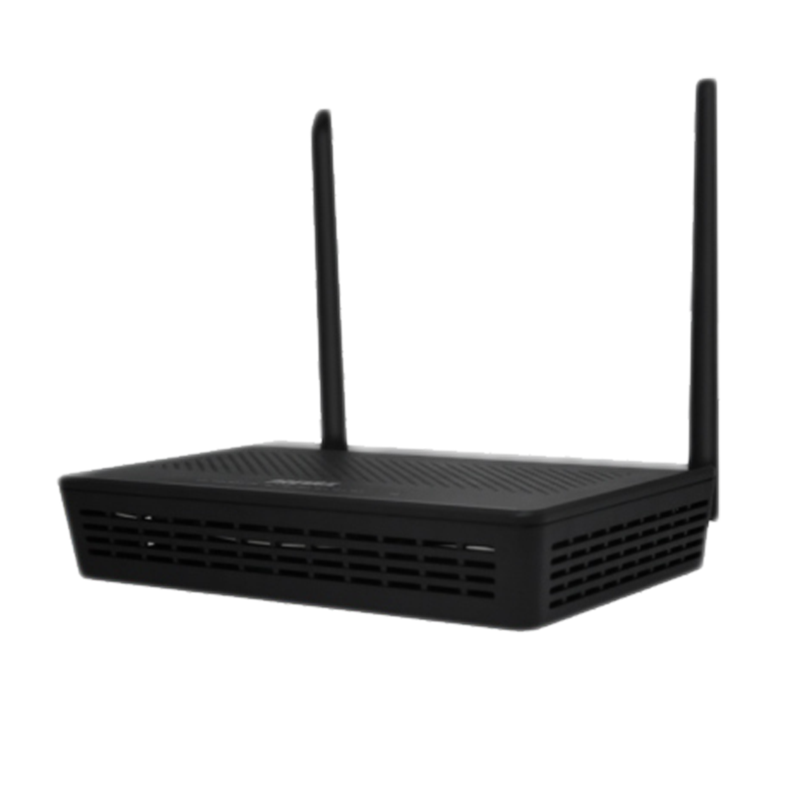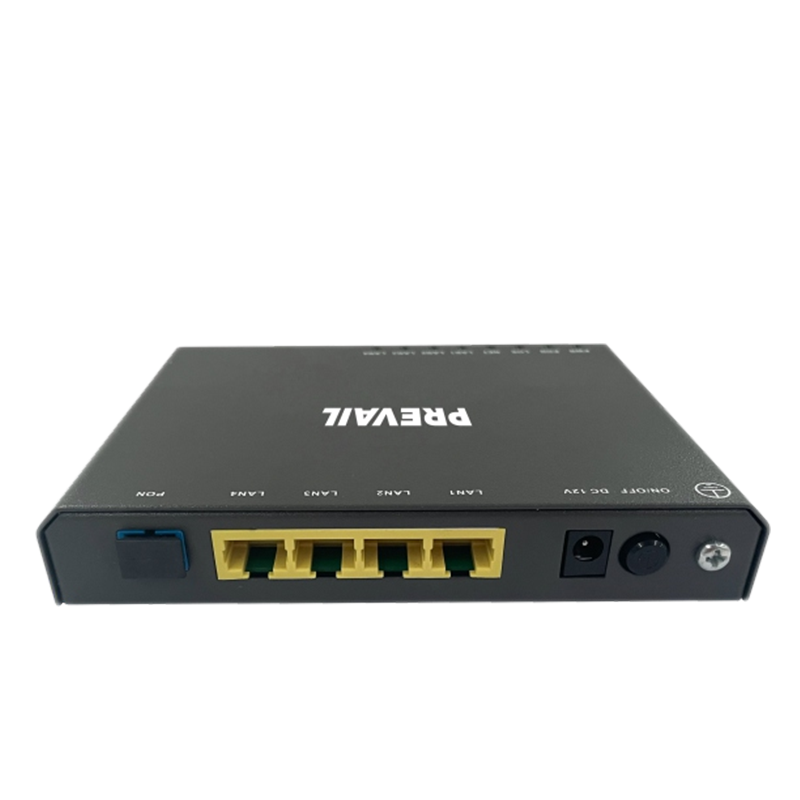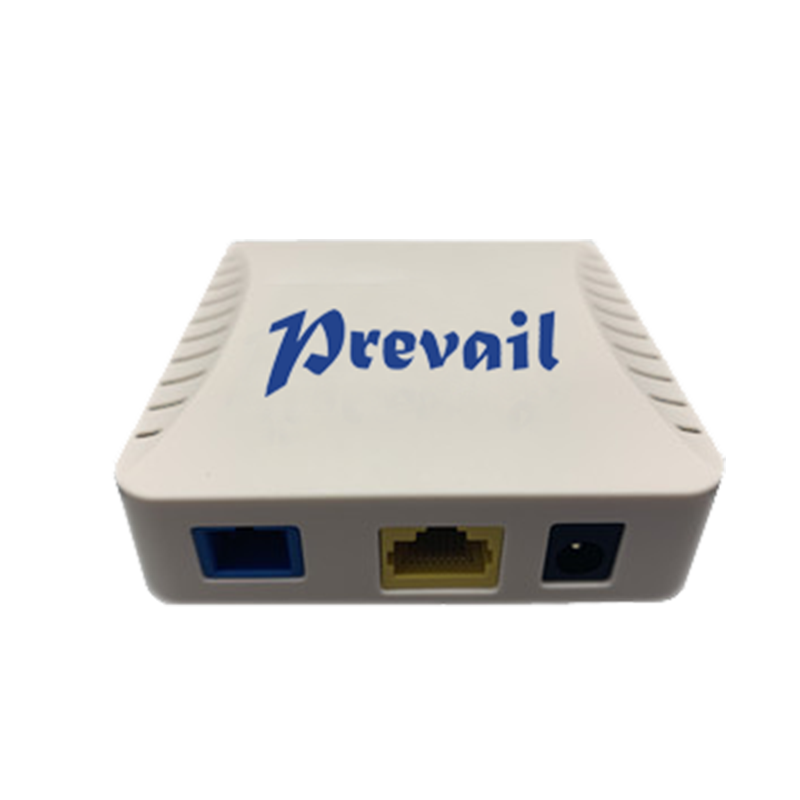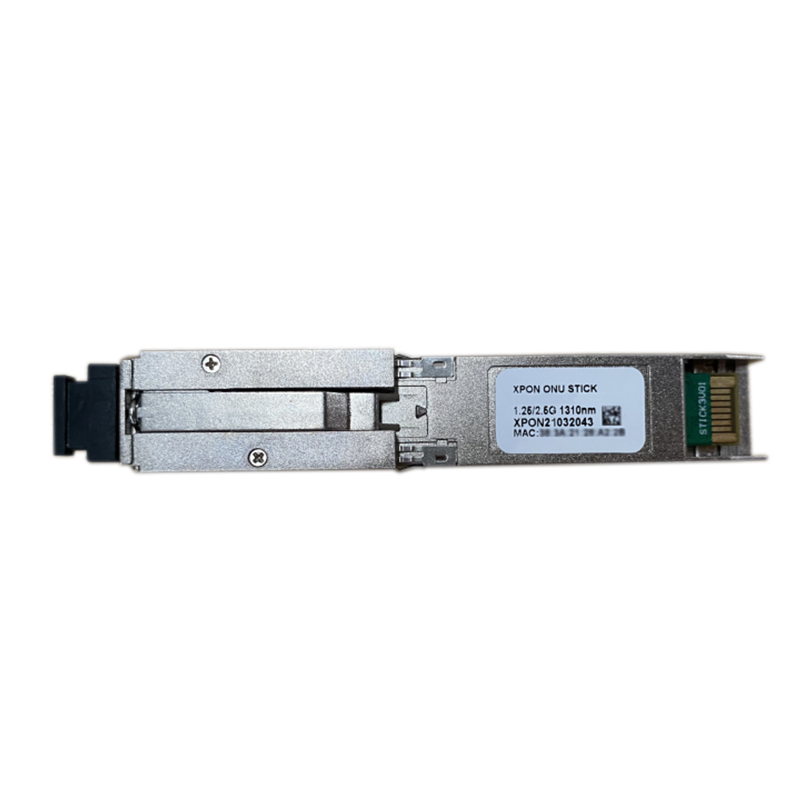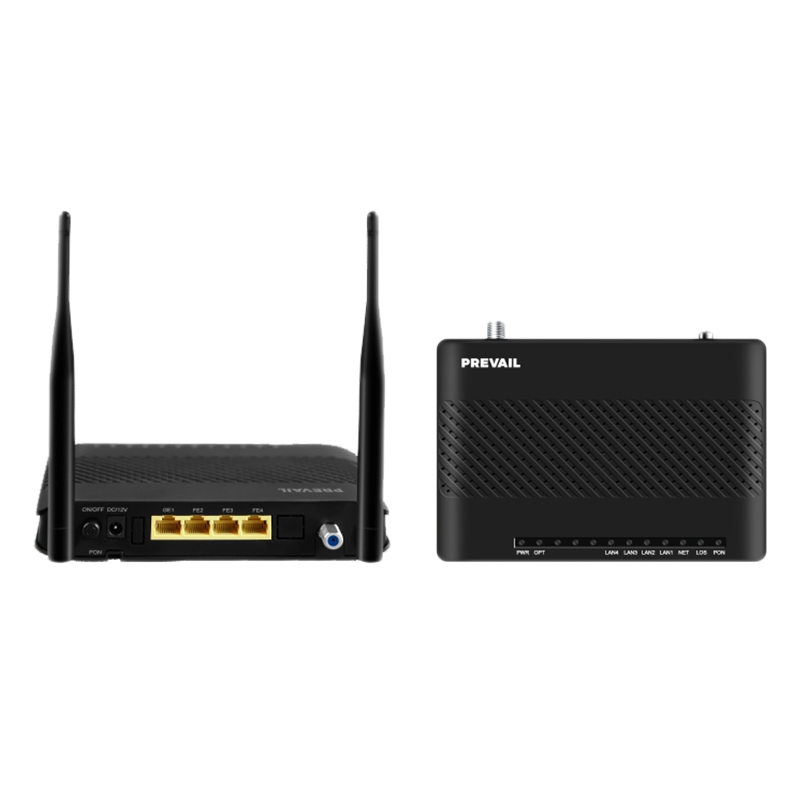How can I diagnose connectivity issues with my Data Broadband Access Equipment?
Diagnosing connectivity issues with your data broadband access equipment involves troubleshooting steps to identify and resolve the underlying causes of the problem. Here are some steps you can take to diagnose connectivity issues:
Check Physical Connections:
Ensure all cables connecting your modem, router, and other networking equipment are securely plugged in.
Verify that the power cords are connected to power outlets and that the devices are powered on.
Inspect cables for damage or loose connections.
Verify Internet Service Status:
Check if there are any service outages or maintenance notifications from your Internet Service Provider (ISP).
Contact your ISP or visit their website to see if there are any reported issues in your area.
Restart Networking Equipment:
Reboot your modem, router, and any other networking equipment by unplugging them from power for about 30 seconds and then plugging them back in.
Allow the devices to restart and reconnect to the internet.
Test Connectivity on Multiple Devices:
Check if the connectivity issue is affecting multiple devices or just one.
Test internet connectivity on multiple devices such as computers, smartphones, and tablets to determine if the problem is widespread or isolated to a specific device.
Check Network Settings:
Log in to your router's web interface and review the network settings.
Ensure that DHCP is enabled to automatically assign IP addresses to devices on the network.
Verify that the Wi-Fi network name (SSID) and password are correct.
Run Network Diagnostics:
Use built-in network diagnostic tools on your computer or device to identify potential network issues.
Run network diagnostic tests to check for connectivity problems, DNS resolution issues, and other network-related problems.
Test Internet Speed:
Use online speed testing tools to check your internet connection speed.
Compare the measured speed with the speed advertised by your ISP to determine if you are getting the expected performance.
Check for Firmware Updates:
Check if there are any firmware updates available for your modem and router.
If updates are available, install them to ensure that your networking equipment is running the latest software with bug fixes and security patches.
Reset Network Settings:
Perform a factory reset on your router to restore it to its default settings.
Note that this will erase any custom settings and configurations, so be prepared to reconfigure your network after the reset.
Contact ISP Support:
If you are unable to resolve the connectivity issue on your own, contact your ISP's customer support for assistance.
Provide them with details about the problem you are experiencing, steps you have already taken to troubleshoot, and any error messages you have encountered.
By following these steps, you can diagnose connectivity issues with your data broadband access equipment and take appropriate action to resolve them, restoring your internet connection to normal operation.
